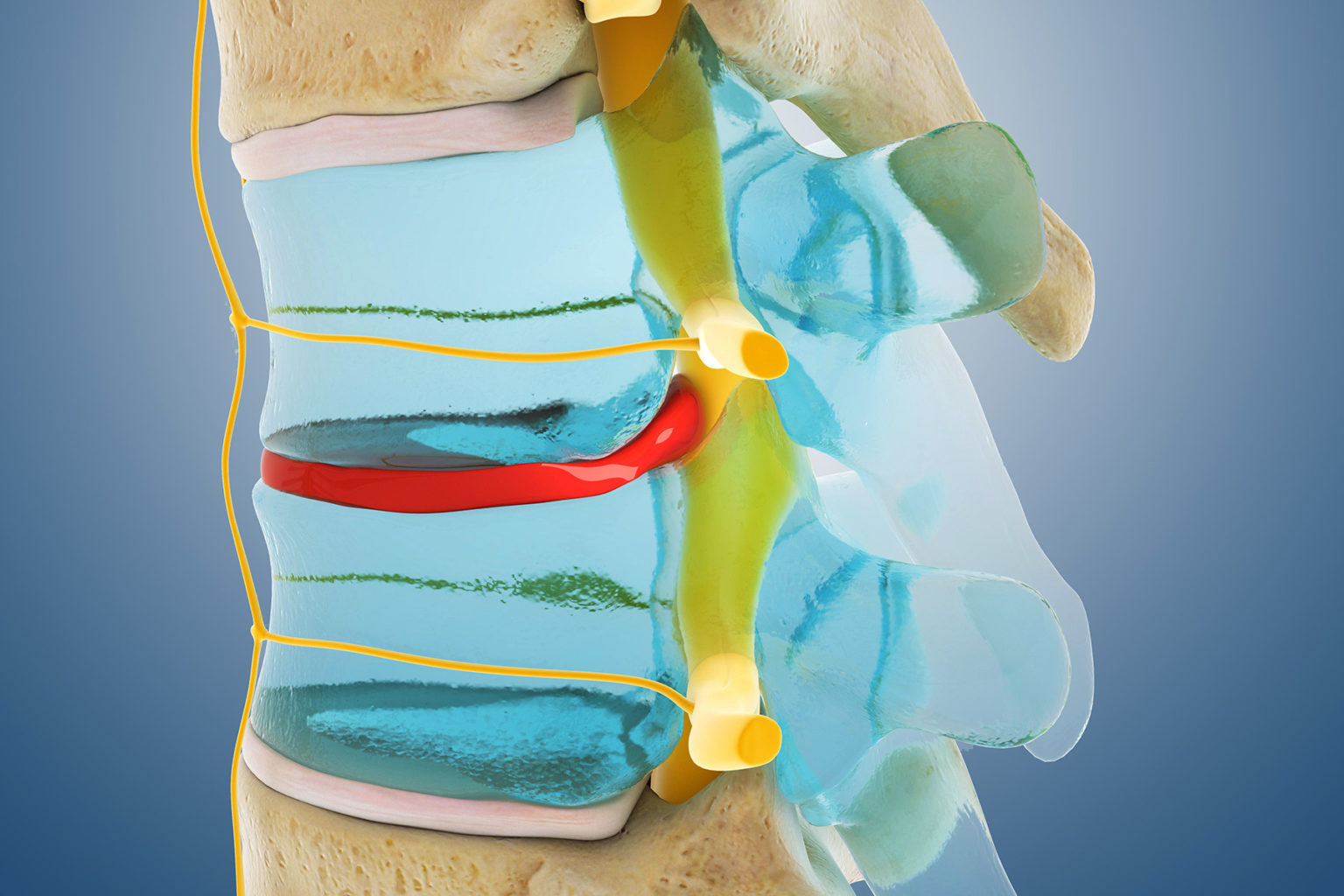
21 Mar Spinal Decompression for Spondylolisthesis
Those suffering from spondylolisthesis have a vertebra that has shifted out of its natural position in the spine. The severity of the shift will determine the degree of pain that the patient experiences. While there is no one specific treatment that can cure this condition, spinal decompression is known as one of the best treatments to reduce pain for sufferers.
Learning A Bit More About Spondylolisthesis
While you can ask your chiropractor El Segundo to better describe what spondylolisthesis is, we’re going to touch the surface about specific areas of this condition to give you a better understanding.
Severity
The amount of spinal decompression El Segundo that you receive will be highly dependent on the severity level of your condition. Spondylolisthesis is known to have two main terms for describing its severity for patients. These include low grade and high grade. These indicators are determined by the amount of shift of the vertebra. Those shifts under 50 percent of where the vertebra is to be in the spine are low grade severity. Those over 50 percent shift are going to be high grade.
Genetics
Genetics can play a role in someone’s susceptibility to this condition. Some individuals are born with thinner spines as a result of their family genetic makeup. This makes them much more susceptible to fractures of the spine and puts them at a much higher risk for developing spondylolisthesis.
Cause
There are many risk factors that can cause spondylolisthesis to occur. As we just discussed, genetics is the first one. Second, are growing children. Since their bodies are still in the process of growing, it makes the spine more susceptible to damage. Children who participate in lots of physical sports like gymnastics and football are more susceptible to this condition due to the added pressure on the spinal vertebra.
What Are The Symptoms Of This Spinal Condition?
Before you’re prescribed spinal decompression El Segundo, you’ll need to get a diagnosis of your condition. Your chiropractor El Segundo will diagnose your condition based on the existence of various symptoms. These include:
- Pain Similar To Muscle Strain
- Pain From The Lower Back To the Thighs
- Pain That Increases With Daily Activities But Decreases With Rest
- Hard To Stand Or Walk
- Extremely Stiff Back With Tight Hamstrings
What Is Spinal Decompression Near Me?
Spinal decompression near me is a non-invasive treatment that focuses on taking pressure off of the spinal nerves. This results in easing pain for the patient. Most patients will be prescribed 30- to 45-minute sessions for the spinal decompression to take place. Depending on the severity of your condition, your spinal decompression chiropractor may opt for scheduling you for a period of five to seven weeks.
How Does It Work?
While it’s always best to talk with your spinal decompression chiropractor about the exact procedure and have them answer all of your specific questions, we’re going to describe a broad overview of this treatment protocol. During spinal decompression, the doctor will use a traction table or something very similar. It’s usually motorized for ease of use.
You’ll remain fully clothed during the procedure. You’ll be asked to lie on your back. The doctor or their experienced assistant will fit a harness around your pelvic. They’ll also fit one around your upper body or trunk. Once secured, the doctor or assistant will run the motorized machine.
During this process, your spine will be mechanically stressed by the traction. This forces the spine to reposition the vertebra into their intended position. This process, essentially, takes the pressure off of the spinal discs. It also promotes the free movement of water, nutrient-rich fluids, and oxygen into the discs. With more freedom of movement for these substances, patients will experience more healing in the area.
Spinal decompression is also prescribed for patients suffering from other spinal conditions. These include worn spinal joints, diseased nerve roots, and sciatica. It’s not uncommon for your chiropractor to recommend this course of treatment to assist with alleviating pain from spondylolisthesis.
Complementary Treatments
As you learned above, the number of spinal decompression treatments that you undergo will highly depend on the recommendation of your chiropractor. It’s common for your doctor to also recommend complementary treatments to go along with your spinal decompression treatment. These include:
- Ultrasound
- Heat / Cold Therapy
- Electrical Stimulation
Who Shouldn’t Have Spinal Decompression?
Just like any sort of medical treatment, spinal decompression is not necessarily recommended for everybody. There are some individuals who should avoid undergoing this course of treatment. These include people who:
- Are Pregnant
- Have A Spinal Fracture
- Have A Tumor
- Have An Abdominal Aortic Aneurysm
- Have Advanced Osteoporosis
- Have Metal Implants In Their Spine
What Is Surgical Spinal Decompression?
It’s important to realize that there are two very different types of spinal decompression. The method we’ve been discussing so far is known as non-invasive spinal decompression therapy or simply spinal decompression therapy. This type of procedure can be performed at your local chiropractor office under the supervision of their staff members.
Surgical spinal decompression is the other method. This type of treatment is common as a last resort for those who have intense pain from spondylolisthesis that doesn’t lessen with other non-invasive treatments like spinal decompression therapy. This type of procedure is performed by an experienced spinal surgeon. This spinal surgery is commonly recommended for those who experience pain, numbness, weakness, and tingling due to an immense amount of pressure on the nerves in their spinal cord.
There are various types of spinal decompression surgeries that surgeons perform on their patients. Some of the most common include discectomy, foraminotomy, osteophyte removal, corpectomy, and laminectomy. As with any type of surgery, there are always risks involved like bleeding, infection, blood clots, and tissue damage.

